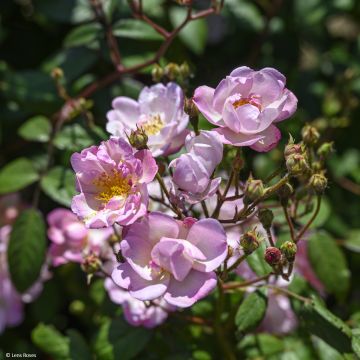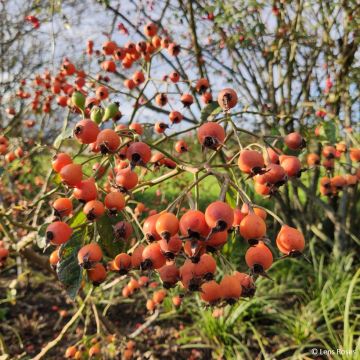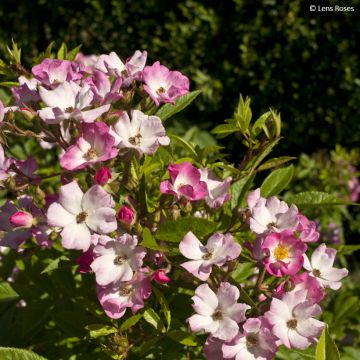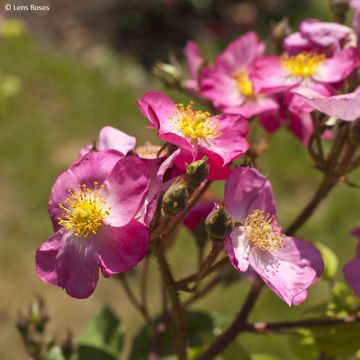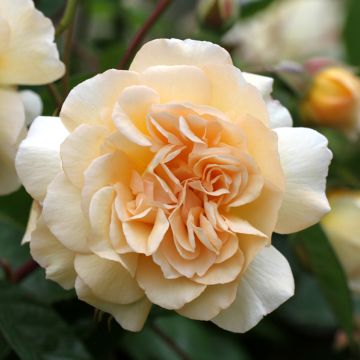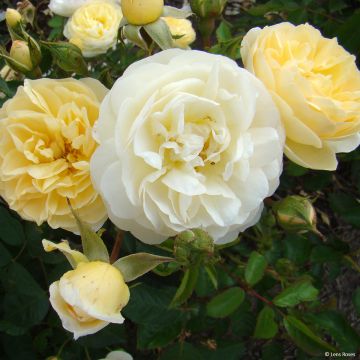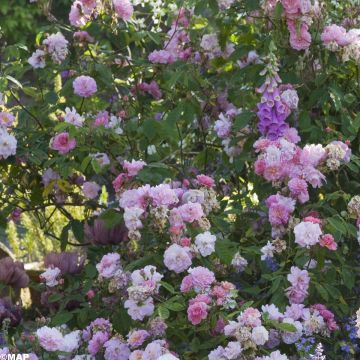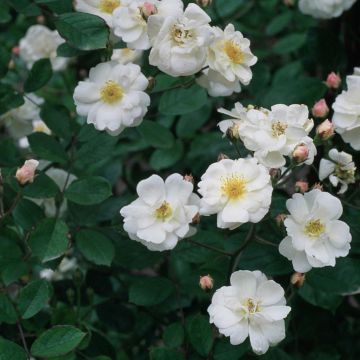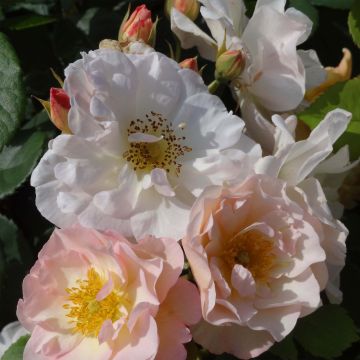Moschata Roses
Does this plant fit my garden? Set up your Plantfit profile →

Available in 2 sizes
Available in 3 sizes
Available in 3 sizes

Available in 2 sizes
Available in 2 sizes
Available in 2 sizes
Available in 2 sizes
Available in 2 sizes
Available in 2 sizes
Available in 2 sizes
Available in 2 sizes
Available in 2 sizes
Available in 2 sizes

Available in 2 sizes
Available in 2 sizes
Available in 2 sizes
Available in 2 sizes
Available in 2 sizes
Available in 2 sizes
Available in 2 sizes
The Moschata Roses or musk roses form a group of repeat flowering shrub roses originating from Rosa x moschata, the musk rose, a hybrid probably from Asia Minor or the Middle East. Similar to polyanthas and floribundas, these roses produce flowers grouped in clusters, but the colour of their roses is more refined and they have a more graceful habit. These roses bloom generously in early summer and again until autumn, in successive waves, with a delicious musk fragrance. In 1904, Peter Lambert obtained the rose ‘Trier’, which gave rise to numerous varieties. The most famous creations, such as Cornelia, Felicia, Prosperity and Nur Mahal, were obtained in England by Reverend J. Pemberton at the beginning of the 20th century. The tallest among them, reaching a height of 3m (10ft), make excellent small climbers for walls and fences, especially in mild climates. These roses, well adapted to dry and hot climates, do not tolerate the harsh winters of the coldest regions of Europe.
Haven't found what you were looking for?











































